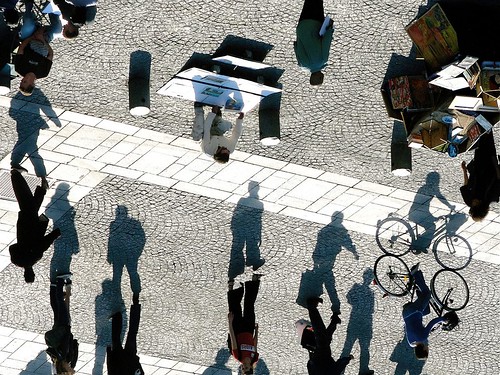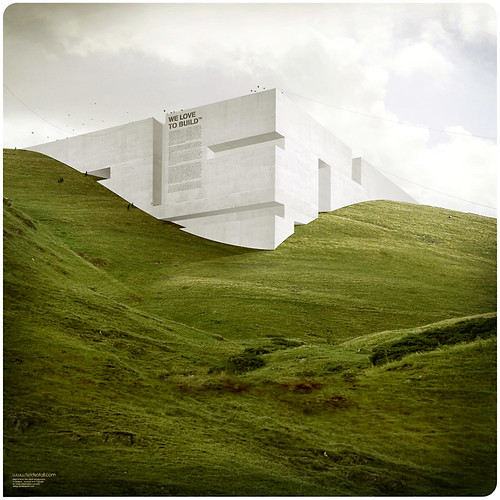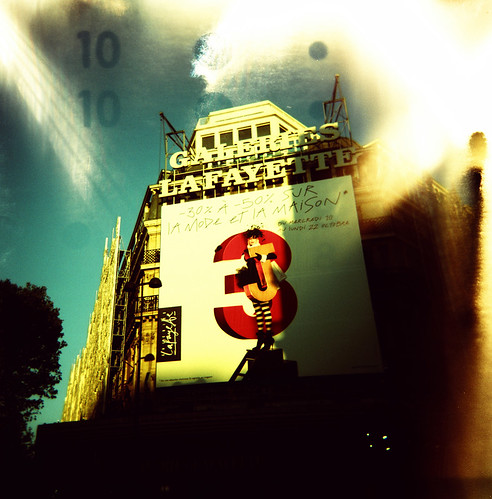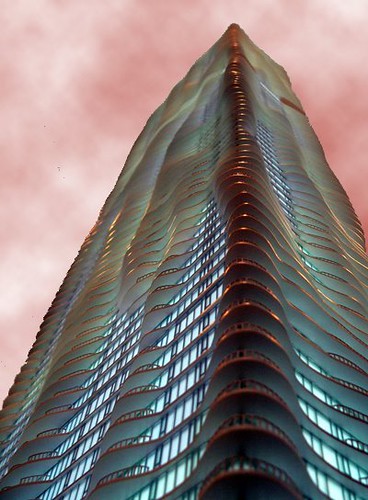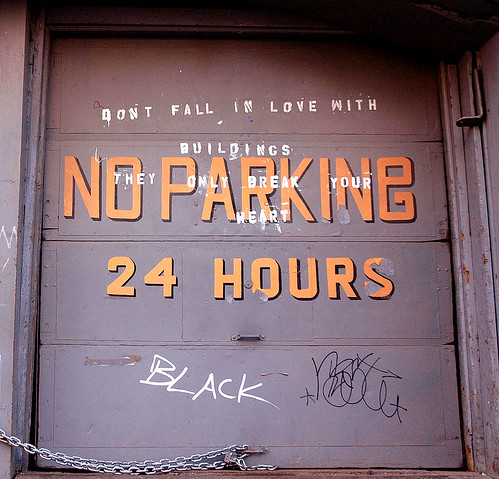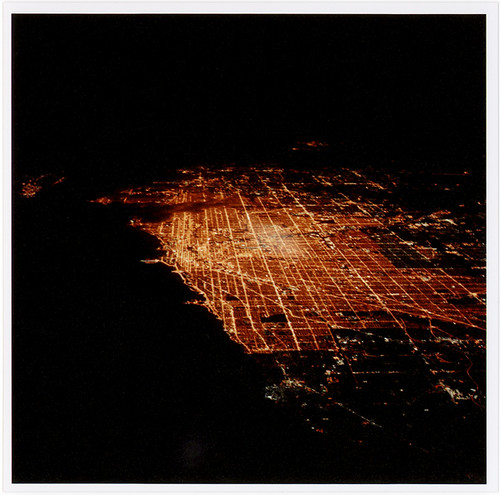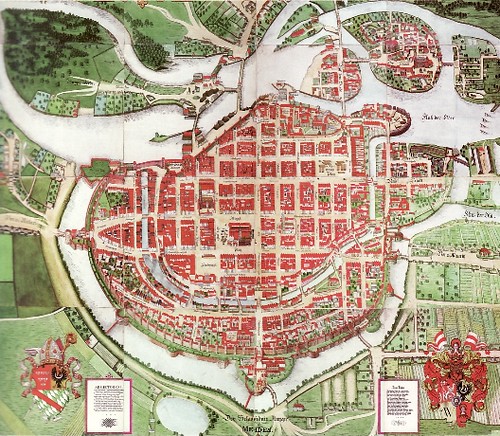 I went back through all of the Weekend Reading posts from the past year and pulled what I thought were the very best of the best. I've divided things up into two categories: General Urbanism and Place-Specific posts. Descriptions of the selections are followed by their date on which they originally appeared in WR.
I went back through all of the Weekend Reading posts from the past year and pulled what I thought were the very best of the best. I've divided things up into two categories: General Urbanism and Place-Specific posts. Descriptions of the selections are followed by their date on which they originally appeared in WR.GENERAL URBANISM
ITEM ONE: BLDGBLOG on "terrestrial reorganization" during WWII. (April 20)
ITEM TWO: Celsias on why designing cities around cars is such a terrible idea. (May 18)
ITEM THREE: Harvey Feldspar's city-hopping geoblog of the future, from Wired's examination of the future of our mobile society. (June 29)
ITEM FOUR: London architecture criticHugh Pearman on the Tate's megacities exhibit -- a stunning critique of contemporary starchitecture. (July 14)
ITEM FIVE: This Airoots post explores a fascinating artist's village in Mumbai. Organic urbanism at its best. (August 24)
ITEM SIX: NY Mag sets the record straight on Jane Jacobs' legacy. (September 28)
ITEM SEVEN: The Next American City features an article about how violent foreign policy creates more violence at home. (October 12)
ITEM EIGHT: City of Sound reexamines cities as destructive systems. (November 2)
ITEM NINE: Fabulous imagery of re-imagined slums via Subtopia. (December 7)
ITEM TEN: Spacing Wire features this beautiful and concise argument for humanism in the environmental movement. (December 14)
PLACE-SPECIFIC
ITEM ONE: A New York Times feature on the evolution of Curitiba into a poster child for good urbanism. (May 25)
ITEM TWO: Built Environment Blog takes a bike ride through ever-fascinating Brooklyn. (June 1)
ITEM THREE: The Economist goes back to Beijing. (August 24)
ITEM FOUR: Fabulous article from Frieze on the Brazilian megacity of São Paulo. (August 31)
ITEM FIVE: The Lincoln Institute explores post-apartheid Johannesburg. (October 5)
ITEM SIX: BLDGBLOG's rather infamous paean to the wonders of Los Angeles. (October 19)
ITEM SEVEN: More great stuff from Spacing: an Angelino's take on Toronto's messy urbanism. (October 19)
ITEM EIGHT: And finally, an Airoots post on the architectural wonderland of Tokyo's retail scene. (December 7)
If there are any of these that you missed the first time around, I urge you to take a look...they're great reading, start to finish. Have a wonderful, safe, and happy new year! See you in 2008.
(Photo from Non-Photography.com. The original full-color version can be viewed by clicking the photo.)












